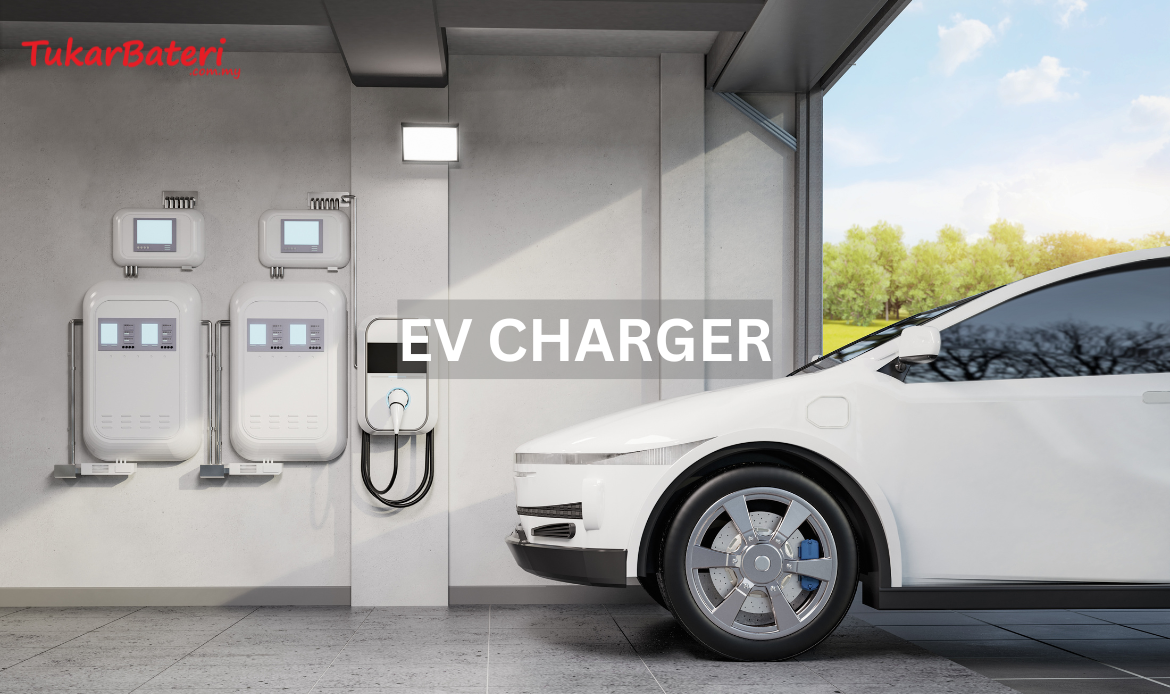One of the biggest concerns for electric vehicle (EV) owners is knowing when, where and how they want to charge their EV cars. Most of the vehicles in this country use gas-powered fuel and stations are easy to find everywhere. Charging one’s EV takes a little more planning, but with the growing demand and incentives for alternatives to gas-powered vehicles,
Malaysia is making significant strides in expanding its electric vehicle (EV) charging infrastructure. Currently, the country has 1,430 EV chargers, with 303 of these being DC fast chargers (DCFC) and the rest being AC chargers. The majority of these chargers are located in Selangor and Kuala Lumpur, which have 507 and 386 chargers respectively (might vary through out the time)
What is actually EV Charger?
An EV (Electric Vehicle) charger is a device that supplies electrical energy to recharge the batteries of electric vehicles.
The output of these chargers will determine their type; Level 1 (Slow), Level 2 (Fast), or Level 3 (DC Fast Chargers). The power is measured in kilowatts (kW).
Types of EV Charger
1. Level 1: Slow Chargers
- Used for domestic
- Single phase
2. Level 2: Slow Chargers
- Used for domestic or public
- Single phase
3. Level 2: Fast Chargers
- Used for public
- Three-phase
4. Level 3: Fast Chargers
- Used for public
- Fast Charge
How does EV Charging Work?
EV (Electric Vehicle) charging is the process of supplying electrical energy to the battery of an electric vehicle.
1. Connection to Power Source
- At Home: You connect your EV to a standard electrical outlet (120V or 240V).
- Public Stations: You connect to a charging station with higher power for faster charging.
2. Power flow
- The charger pulls electricity from the power source and delivers it to your vehicle.
3. Battery Management
- The vehicle system regulates the electricity flow to ensure safe and efficient charging.
4. Charging Complete
- When the battery is full, the charger stops, and your vehicle is ready to go.
Call Us Now!!!
Free Car Battery Delivery and Installation
We Cover:
Klang Valley | Penang | Terengganu | Johor | Kelantan | Malacca | Perak


